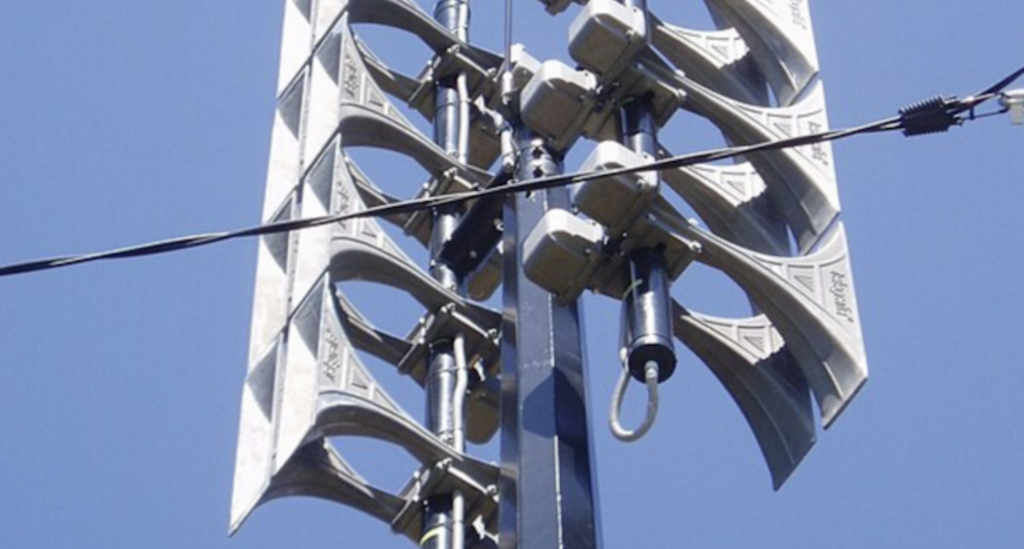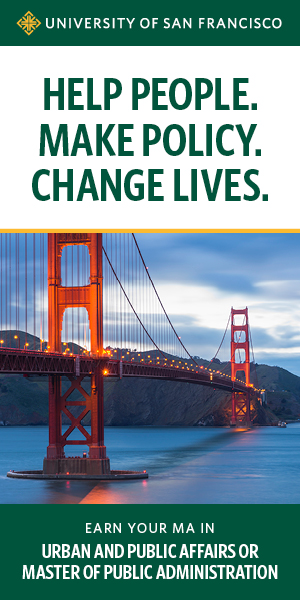When torrential rains swept through Kerr County, Texas this summer, the Guadalupe River surged 26 feet, and at least 100 people died, many of them children.
What failed wasn’t just the forecast. It was a government that had the chance to act and didn’t. Officials had rejected sirens, sensors, and alerts for years, calling them too expensive or unnecessary. They relied instead on informal “river watchers” and outdated infrastructure. People paid with their lives.
San Francisco doesn’t have to worry much about deadly flash floods, at least not so far. But there are other serious climate disasters that face the city—and not just earthquakes.

San Francisco’s topography creates dangerous temperature spikes, sometimes up to 20 to 40 degrees between neighborhoods. This may be the coldest summer on record, but in September, 2017, extreme heat killed six people—and by all accounts, these events are going to get more frequent and more deadly.
Yet our forecasts rely on just three federally operated weather stations, all in the city’s northeast. The sensors are accurate, but their reach is limited, leaving much of the city, including its hottest neighborhoods, operating under extreme uncertainty during heat waves.
Apps like Mr. Chilly and PurpleAir offer hyperlocal readings, but rely on crowdsourced or unverified sensors, like backyard monitors or rooftop thermometers. During the September 2017 heat wave these tools showed citywide temperatures ranging from 54 to 109 degrees on the same day. In an emergency, that kind of discrepancy doesn’t just cause confusion. It can delay action and cost lives.
Six years later, the city still hasn’t built a warning system that accounts for this risk. At a recent meeting of the Heat and Air Quality Resilience program, officials acknowledged that the responsibility to receive alerts still falls on individuals—including seniors and people without smartphones—to sign up for text notifications through AlertSF. No sirens. No outreach. Just hope the most vulnerable are online and able to act.
The city’s latest strategy— installing heat monitors in libraries and clinics—risks repeating Kerr County’s mistake: building standalone systems without integration. Without connecting these sensors to a real forecast model or early warning network, they’re just raw numbers.
And just last week, when a real tsunami advisory was issued, it came via text message or digital channels only, leaving thousands in the dark.
We can do better.
A 2023 memo I sent to members of the Board of Supervisors proposed a simple, low-cost solution: Create a publicly owned network of verified weather stations and tie it to a city-scale urban heat forecast model, modeled on the system used in Antwerp, Belgium. Like San Francisco, Antwerp experiences sharp neighborhood-level temperature swings. Their system cost just $20,000 to launch and $10,000 a year to operate. It now provides targeted heat alerts, supports emergency response, and helps guide long-term decisions on housing, infrastructure, and public health.
The data is open to the public, giving residents access to high-quality information without relying on private weather companies, many of which build forecasts using the same sparse federal data and collect mounds of personal information in the process.
San Francisco could do the same—and should, especially as federal climate dollars dry up. We can’t wait for FEMA or NOAA to step in.
After the 2023 Maui wildfires—the deadliest wildfire in U.S. history, where a failed emergency alert system contributed to the death toll, city officials announced plans to renovate San Francisco’s outdated tsunami sirens as part of a broader Outdoor Public Warning System upgrade.
But progress has stalled. San Francisco’s 119 sirens have been offline since 2019, and what started as a $2.5 million fix has ballooned to a nearly $20 million overhaul. The city hasn’t run a Tuesday noon siren test in more than six years.
Fixing that is urgent—but just the beginning. We should integrate heat alerts into the same upgraded system. That means collecting high-quality, real-time data, building a public forecast model, and ensuring alerts are multilingual, accessible, and not dependent on private tech platforms.
This isn’t about creating a separate warning system for every new climate threat. It’s about building a smarter, integrated system that works for all hazards—whether that’s fire, flood, tsunami, earthquake, or extreme heat. We can modernize our tsunami alerts and tackle our growing heat crisis at the same time, using the same public infrastructure.
The city budget is tight, and federal support is drying up. But this life-saving technology is not expensive, and cost shouldn’t be the issue. Investments like these are among the few low-cost, high-impact tools we still have to keep people safe.
The alternative is to continue to do nothing. To let people die silently during the next heat wave or flood and to issue condolences when we could have sounded the alarm.
We still have time to act. But not forever.
Michael Redmond is a native San Franciscan. He holds a B.S. in Environmental Science from the University of California, Santa Cruz and a Masters of Engineering in Applied Climate from the University of Michigan, Ann Arbor.




